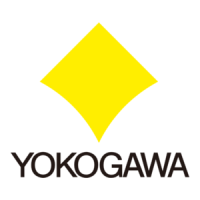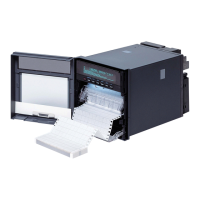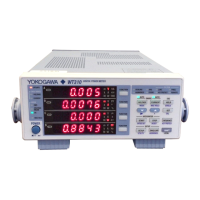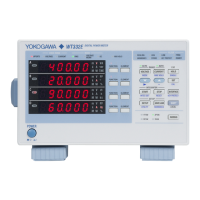< 3. INSTALLATION, PIPING AND WIRING >
3-34
IM 12A0V2-E
3.4 Piping
Pressure range of measuring water is from 100 to 750 kPa (1 to 7.5 kg/cm
2
) and the fl ow rate is from
0.1 to 10 l/min.
Measuring water pipe should be hard PVC and VP16 (22 mm O.D.). Drain pipe should be hard PVC
and VP40 (48 mm O.D.).
Use proper sized or other fi ttings which suit those pipe sizes. Refer to external dimension (Figure 3.1
to 3.32) for the piping.
Drain pipe should be inclined, to prevent build up of deposits and blockage. Horizontal piping should
be as short as possible and should have a slope.
NOTE
When the system is used for measurement in heavily contaminated water other than tap water and
industrial water, the fi lter of the pressure reducing valve may be clogged early. In that case take
measures to avoid contamination, e.g., changing the sampling point.
3.5 Wiring
WARNING
Do not supply the electric power until the wiring is completed. Electric shock may cause serious injury
or death
(1) Power supply
The converter unit should be directly wired if only the pH converter system or the free available
chlorine analyzer is installed in the sampling system.
Refer to Figure 3.33 to 3.41 for the wiring of each equipment.
A terminal box is installed when there are two or more converters including ultrasonic cleaner, or when
arrestor option is specifi ed.
The power supply of pH converter, ultrasonic cleaner, and free available chlorine converter is wired
from this terminal box.
Connect the power supply wiring to corresponding terminals of the terminal box, refer to Figure 3.33 to
Figure 3.43.
The terminal screw is M4. Use suitable terminal.
(2) Analog output and contact output
Refer to the manuals of pH converter and free available chlorine converter for their analog output and
contact output wiring. Connect each wiring to corresponding terminals of the terminal box, refer to
Figure 3.33 to Figure 3.43.

